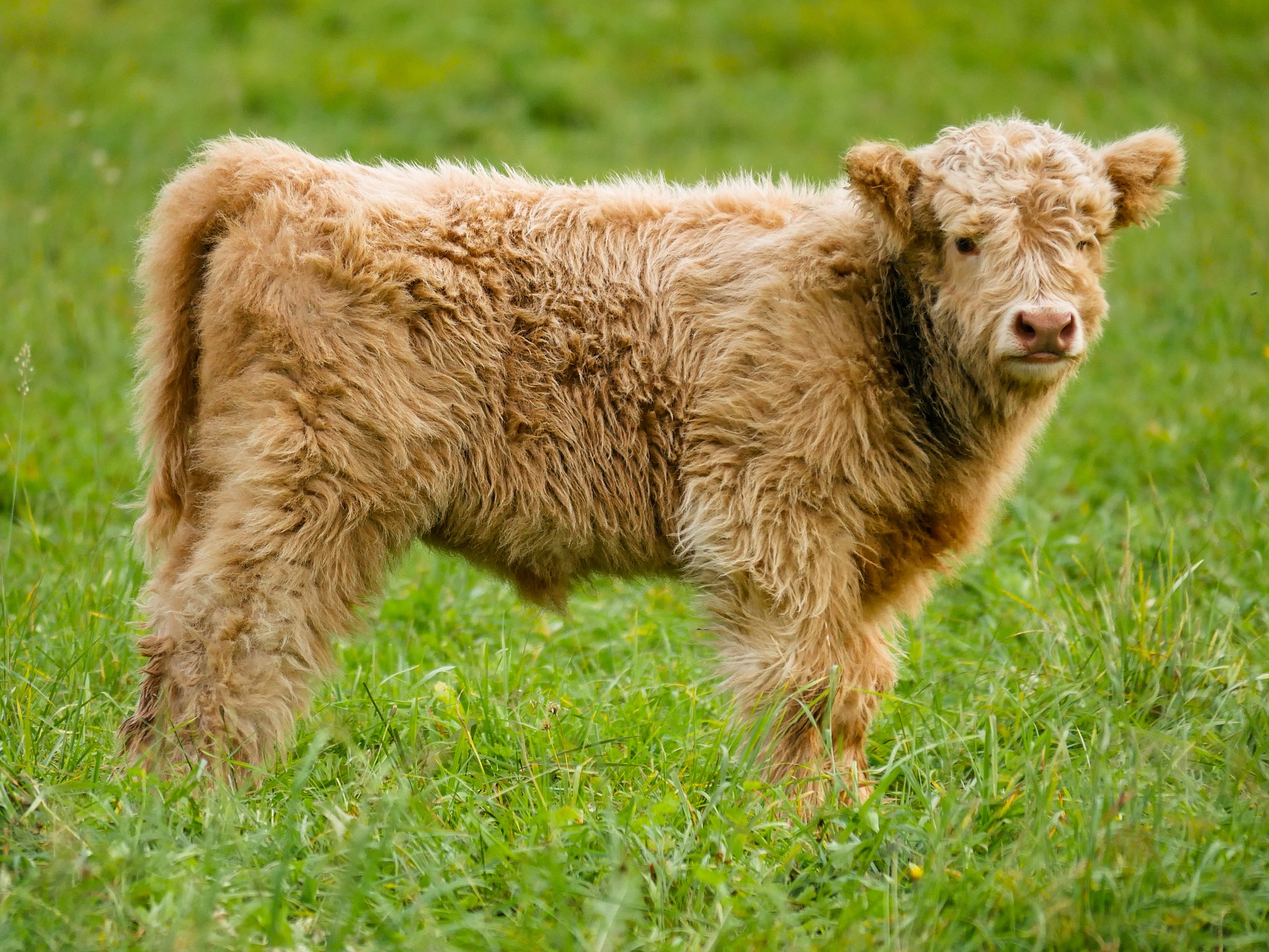Effect of calving difficulty on suckler cow performance

Calving difficulties can affect the subsequent performance of the cow in a number of ways.
All farm animal vets are calving suckler cows at the moment, helping to reduce as much as possible the impacts of calving difficulty on herd performance. While an emergency call out in the middle of the night may not be the best time to talk about it, the following article produced by SAC Consulting’s Beef Specialist team may be of interest when considering calving difficulty as part of health planning and a performance review of a suckler herd business going forwards.
Calving difficulties can affect the subsequent performance of the cow in four ways:
- A reduction in milk yield
- An equivalent reduction in calf weaning weight
- A delay in the return to normal oestrus cycles due to endometritis
- A more severe delay which results in the cow being barren, particularly for late calving cows in seasonal block calving herds
The magnitude of these losses would depend on the degree of calving difficulty as illustrated in the table below:

The AHDB Beef and Lamb calving difficulty scale is defined as follows:
Score 2: Slight assistance, no equipment used
Score 3: Mechanical assistance with a calving aid by the farmer
Score 4: Veterinary assistance
Score 5: Veterinary assistance for severe dystocia including surgical intervention
The key points to achieve fewer calving difficulties are nutrition of the cow in late pregnancy to ensure she is fit but not over fat and genetics.
Now is the time to talk about genetics ahead of the breeding period. Fortunately this year maternal EBVs for ease of calving will become available for some breeds including Charolais and Limousin to help producers identify bulls whose daughters will be easy calving. This is in addition to the current calving ease EBV which experience has shown helps select sires whose calves are born easily.
If you are interested in further information on EBVs for calving ease, SAC Consulting has a wealth of information to draw on.
Posted by SRUC Veterinary Services on 06/04/2023
